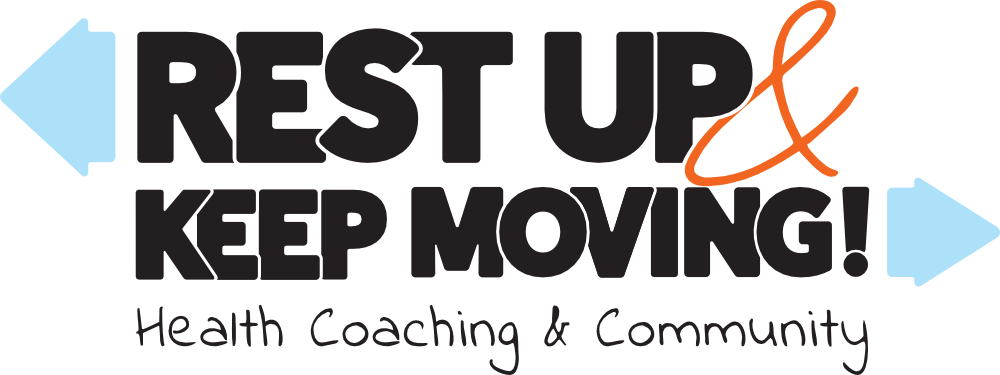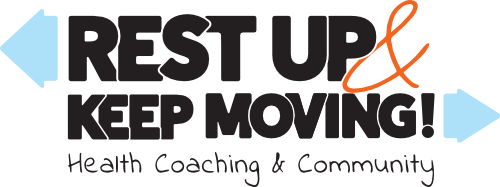In this article I’m going to go somewhat against the grain of the exercise industry and answer the above question with a resounding, YES.
(Don’t tell anyone though, as they might strike me off the fitness register for saying so.)
Needless to say, like much of health advice, there are some best practices and some less than ideal ones.
So in this article I’ll walk you through how to get fit using walking alone.
But first here’s a little story from my own life to illustrate the lessons.
Let me take you briefly back to the start of the Pandemic.
The day before we were told we were going into lockdown I was feeling terrible.
I’d heard about the virus going around and the symptoms I was developing were all too close to those talked about in the media.
Cue six full days and nights in bed.
I lost 5kg (almost a full stone) in one week because I didn’t feel like eating.
My wife, bless her, forced me to drink water because I didn’t really have the energy to sit up for that either.
And every 10 minutes or so I felt I needed to take a deep breath in, because my normal breathing just wasn’t enough.
Then those six days in bed turned into a 9 month bout of Long Covid.
I had no energy.
Walking up the stairs felt like I was living in the death zone on Everest.
About 8 weeks after getting Covid I stepped onto my treadmill, and lasted all of 4 minutes at a gentle jog.
For the first time in my life I truly knew what it was like to have zero health or fitness.
That’s when I took up Walking.
You see, the fitness industry is led by people that love exercise, and walking, to them, doesn’t feel like the exercise they’re use to.
So they teach that walking is just movement, NOT exercise.
Yet simply walking for me was sending my heart rate into orbit.
It was plenty of effort for the state my health was in.
Putting 20+ years of knowledge into action (on myself).
I decided to build myself a “Progressive Exercise Plan” that focussed on walking.
One that would take into account where my health was at right then and there.
But first I started with an “pen & paper” exercise we teach, called “Notice and Name”, where I spent a week noticing my limits and naming them.
This gave me some foundational data and a really good understanding of my starting point (gathering good data is the key to success in our coaching programmes).
I’d noticed that walking at a gentle pace around a small, flat, loop from my house (less than 1km) was ok, but would have me pretty wiped out about an hour later.
This was essentially just past my current fitness limit.
Rather than getting upset I said to myself what I say to my health coaching clients.
“Great, we have a starting point.“
Seeing as I was feeling wiped out an hour or so later, I reduced the walk distance by half.
The idea here is to find a way to gain consistency.
If I pushed for the full loop and wiped myself out, I would be less willing or able to do that loop again the following day.
So reducing the walking distance did two positive things for me.
- The walk now didn’t zap my energy.
- I could gain confidence because I was now successfully exercising.
After a week of doing that slow, short, walk most days, I added a little more distance, until, within 2 weeks, I was doing the full loop and feeling fine in the hours after.
Over the course of 6 months I went from a short, flat, route around my house, to climbing “The Beacon” – an 800 ft high-point on the South Downs, near where I live.
And I’ve continued to keep hill walking in my life ever since, as it has proven to be a great (and fun) way to keep fit.
Here’s why.
With that story in mind, I want you to notice a few things.
1. Exercise is entirely relative to your current health status.
That’s because, at Emergent Health, we measure exercise by what our heart and breathing rate are doing.
Not the activity itself.
With Long Covid I clearly sustained some lung damage. Therefore I was struggling, months later, to get enough oxygen to my body.
Even the gentle walking was making my heart pound in my chest and my breathing was deeper and faster.
We would call that “Exercising” if I was running or sitting on a bike.
So why wouldn’t we call it the same when walking?
2. I used walking to keep challenging myself so my body could heal faster.
The body adapts and heals faster when put under a little stress (“a little” being very important in this situation).
So I slowly increased the distance, over 6 months, until I could walk 3-4 km.
Then I used hillier terrain to make it harder still.
And just so you know, as fit as I am now, walking up steep hills at a decent pace will always make a person blow hard, including me.
So getting fit is really all about breathing rate, not the activity.
Exercise starts when your breathing picks up.
A great way to check if you’re in the right zone is to hold your breath for about 5 seconds, whilst exercising.
This should be easy when you’re just moving around, but at an exercise pace you’ll need to take 2-3 deep breaths after to catch back up.
Another way to think about it is like this.
If you can hold a conversation easily, whilst you’re being active, we call that “Movement”.
If you can hold a conversation but have to take a second or two to catch your breath every few sentences, then you would be doing “Exercise”.
In fact, at this breathing rate, you’d be getting the best adaptation for cardiovascular fitness possible.
At this intensity of exercise, a huge body of research suggests you’ll:
- Grow and strengthen your heart muscle
- Improve the elasticity of your arteries
- Improve your blood pressure
- Grow capillaries in your lungs to extract more oxygen
- Grow capillaries in your muscles to deliver more oxygen
- Grow more Mitochondria (the energy producing powerhouse in each cell of your body)
- Create more energy transferring enzymes
- Strengthens your Adaptive Immune System
That’s a lot of bang for your buck without punishing yourself in pursuit of fitness.
All this from just a gentle stroll?
Okay, no. You’ve found the caveat.
It’s all about that breathing rate.
As your body adapts you’ll become more efficient, so that first exhausting walk around the block will eventually barely lift your heart or breathing rate.
You have to keep pushing a bit harder to stay in this slightly harder breathing zone.
To do this with walking you can walk faster (although there’s a limit where you’ll want to swap to running).
Then eventually, like I did, you’ll need to introduce steeper and longer hills.
These days I combine Nordic Walking (fast walking incorporating the arm muscles by using poles) up the hills, and jogging/running on the flats and downhill.
But this progression comes naturally as you try to keep your breathing in that slightly heavier zone we talked about.
Conclusion.
You can absolutely use walking to get fit.
Very fit in fact.
Don’t listen to all those fitness jugheads out there that don’t respect where individuals are at in their health journey.
In fact you can do any activity that raises your heartbeat and breathing effort, not just walking.
It could be Dancing around your living room, Chasing the kids, Gardening, Housework …
You name it.
In our coaching programmes we look to help people find the exercise activity that they love, and build a programme to use that activity to build better health.
If you would like to get involved, please follow the link below.

